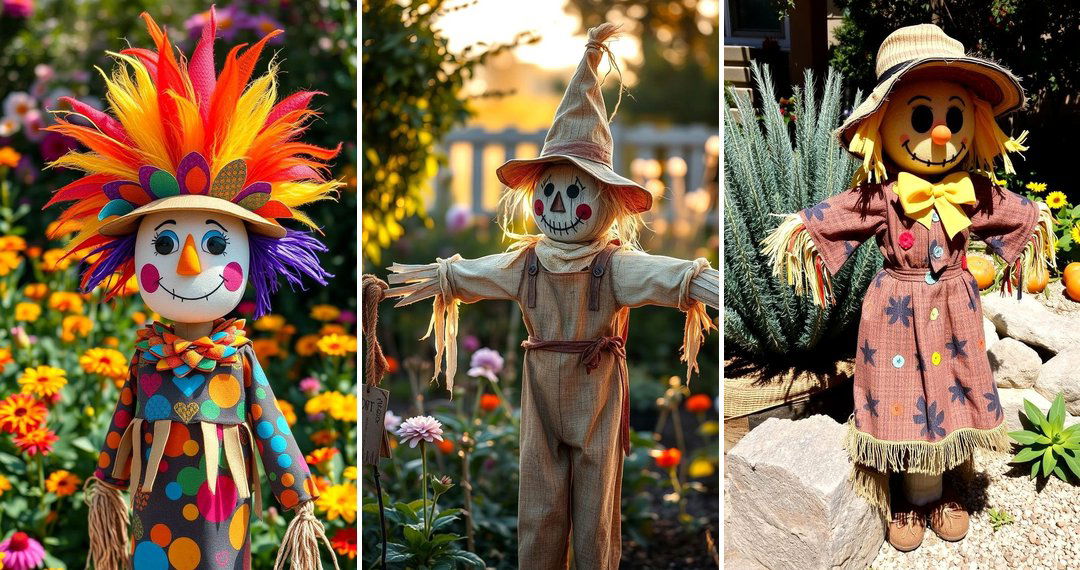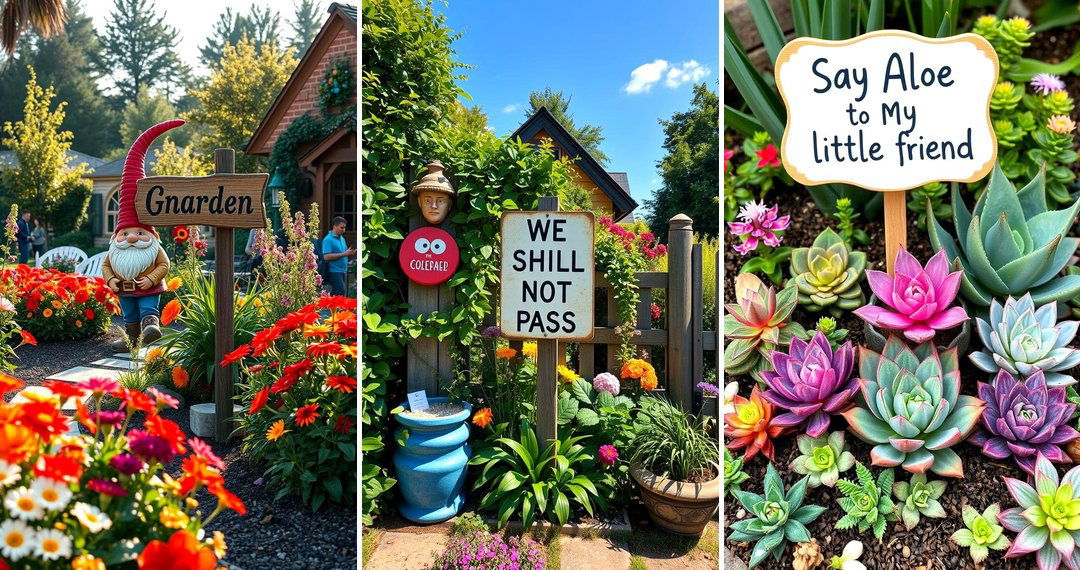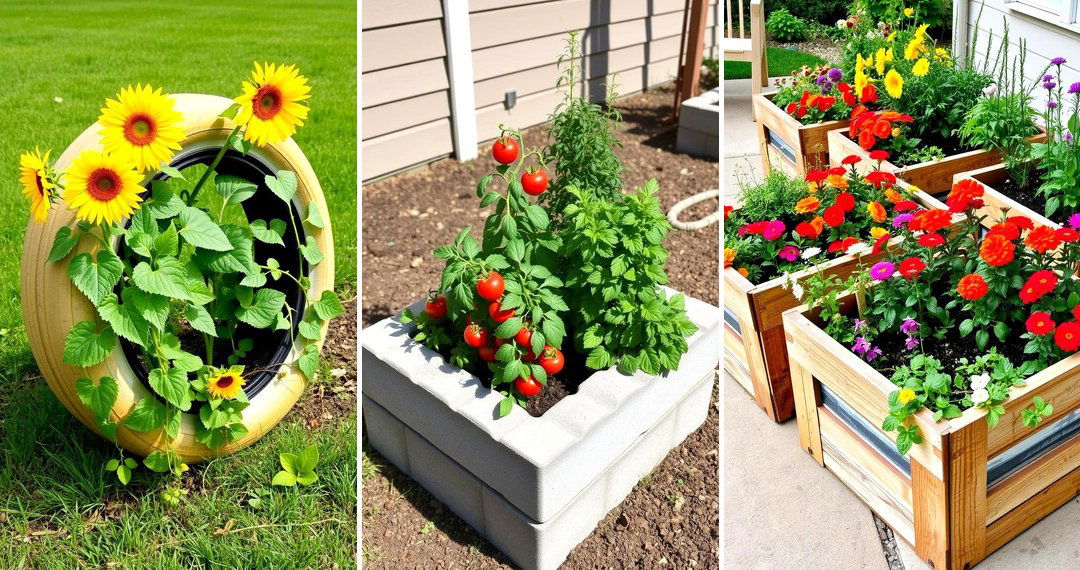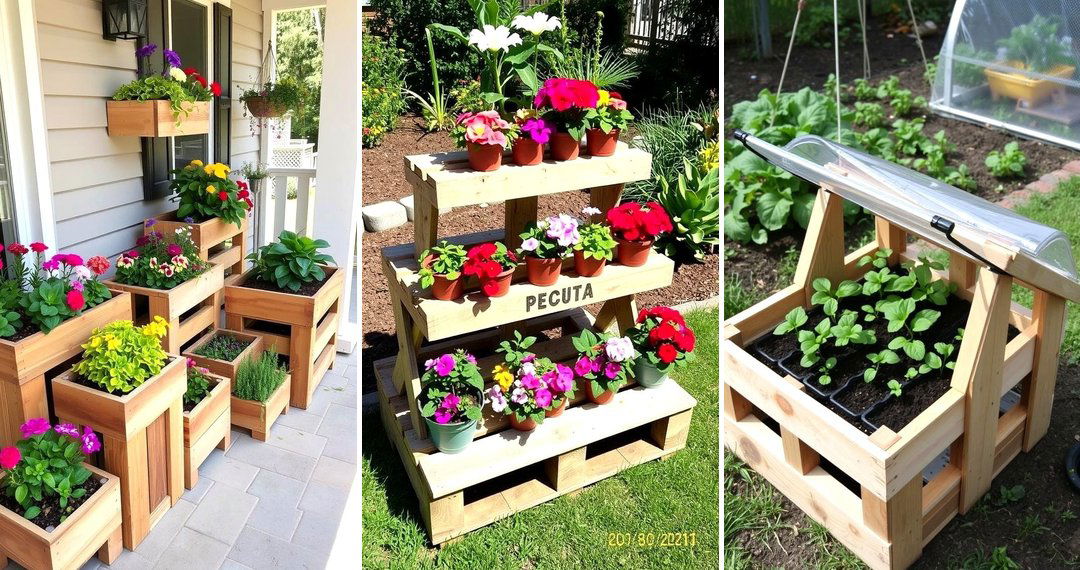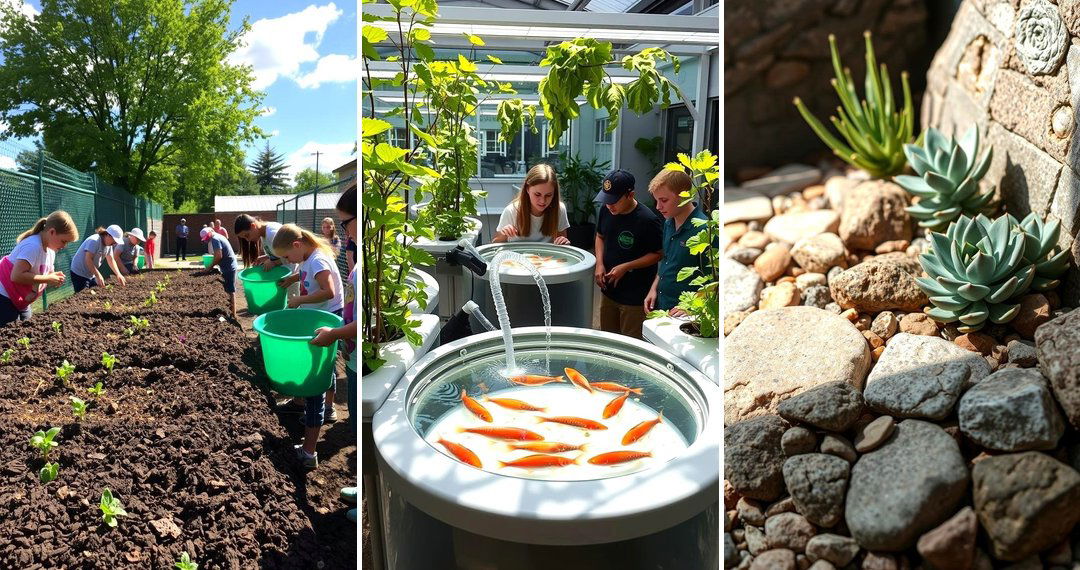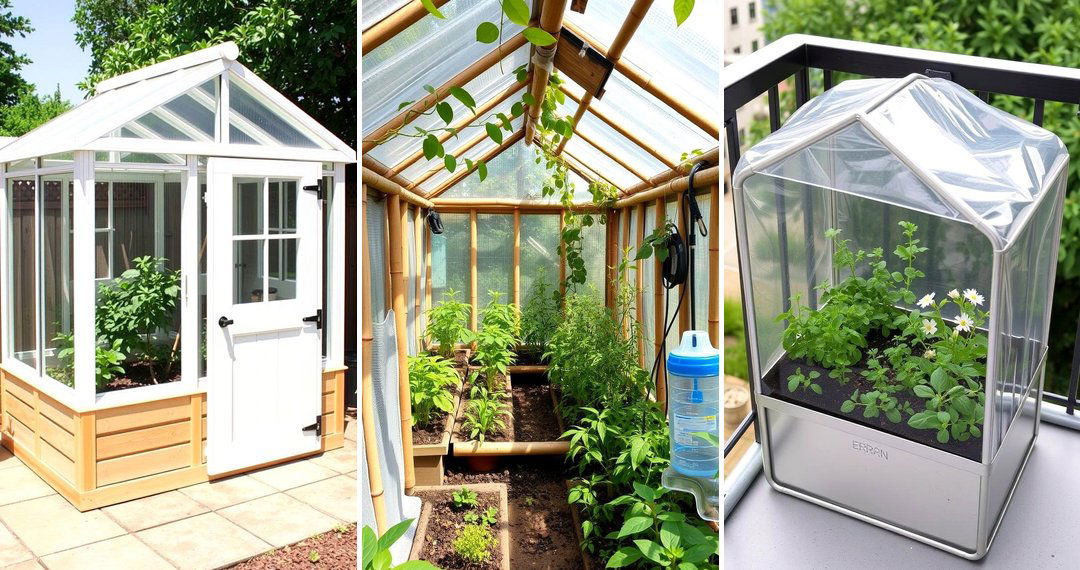Gardening is a beautiful and rewarding way to transform your outdoor space, and when it comes to creating a nursery garden, the possibilities are endless. Whether you are looking to cultivate an enchanting area for your little ones, grow plants for your own enjoyment, or even explore sustainable growing methods, nursery garden ideas can inspire you to make the most of your outdoor area. Each nursery garden idea presents a unique approach to growing plants, arranging space, and blending creativity with practicality. Let’s dive into these 24 exciting ideas, perfect for gardeners of all levels.
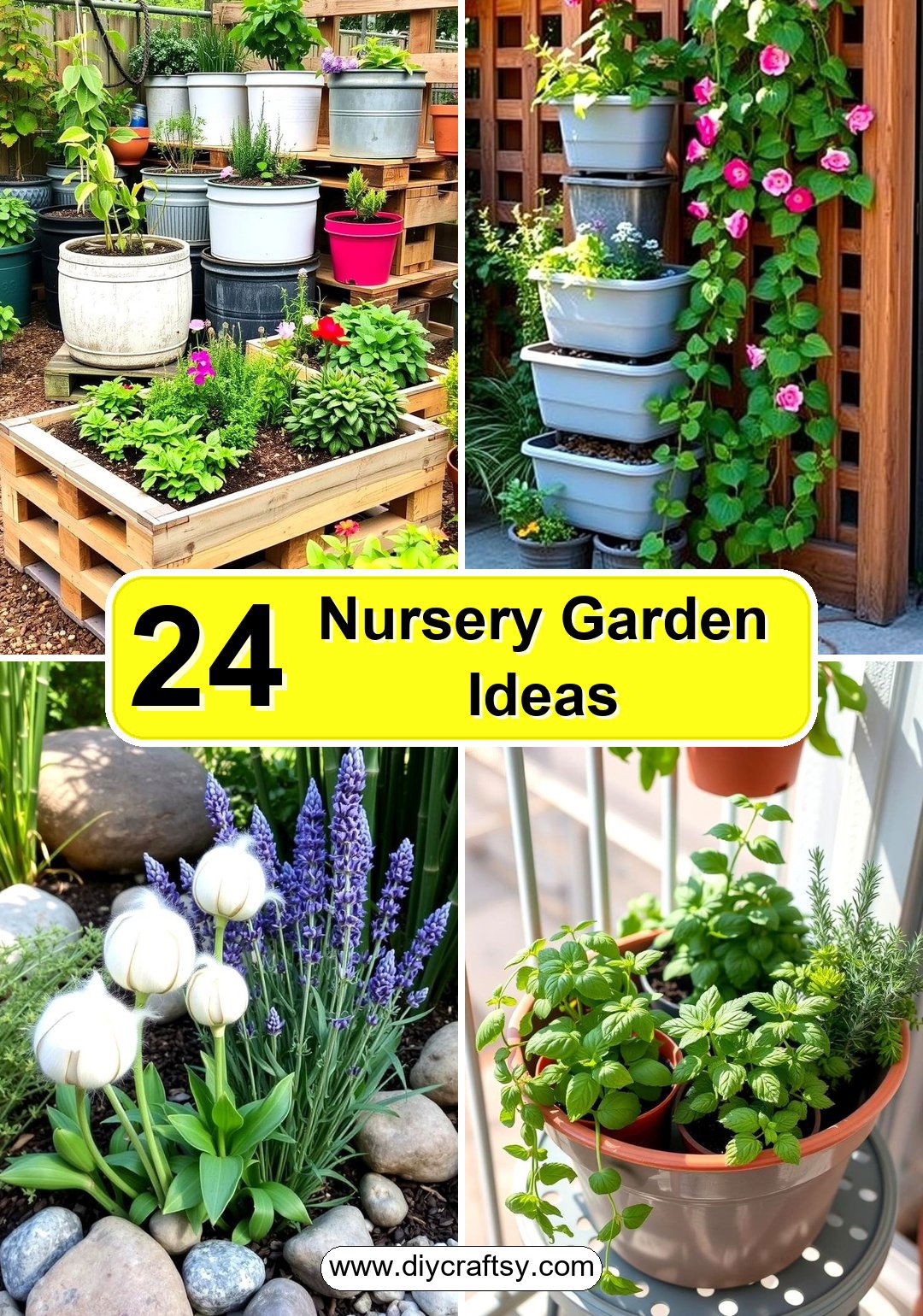
1. Raised Garden Beds for Easy Planting

Raised garden beds are a perfect solution for creating a nursery garden that’s easy to maintain and works well for beginners. These beds elevate your plants, making it easier to manage soil quality and protect your plants from pests. Plus, the design allows for better drainage, preventing root rot and ensuring plants grow strong. With a variety of sizes available, raised garden beds can fit in small spaces, making them perfect for smaller backyards or patios.
2. Vertical Garden for Limited Spaces

If you’re working with limited space, consider building a vertical garden. This is an ideal solution for small nurseries, allowing you to grow plants upwards rather than outwards. Whether you use trellises, hanging planters, or stacked wooden pallets, vertical gardens maximize your available space while creating an eye-catching feature. They’re perfect for growing climbing plants, herbs, and even small flowers in a compact area.
3. Herb Garden in Containers
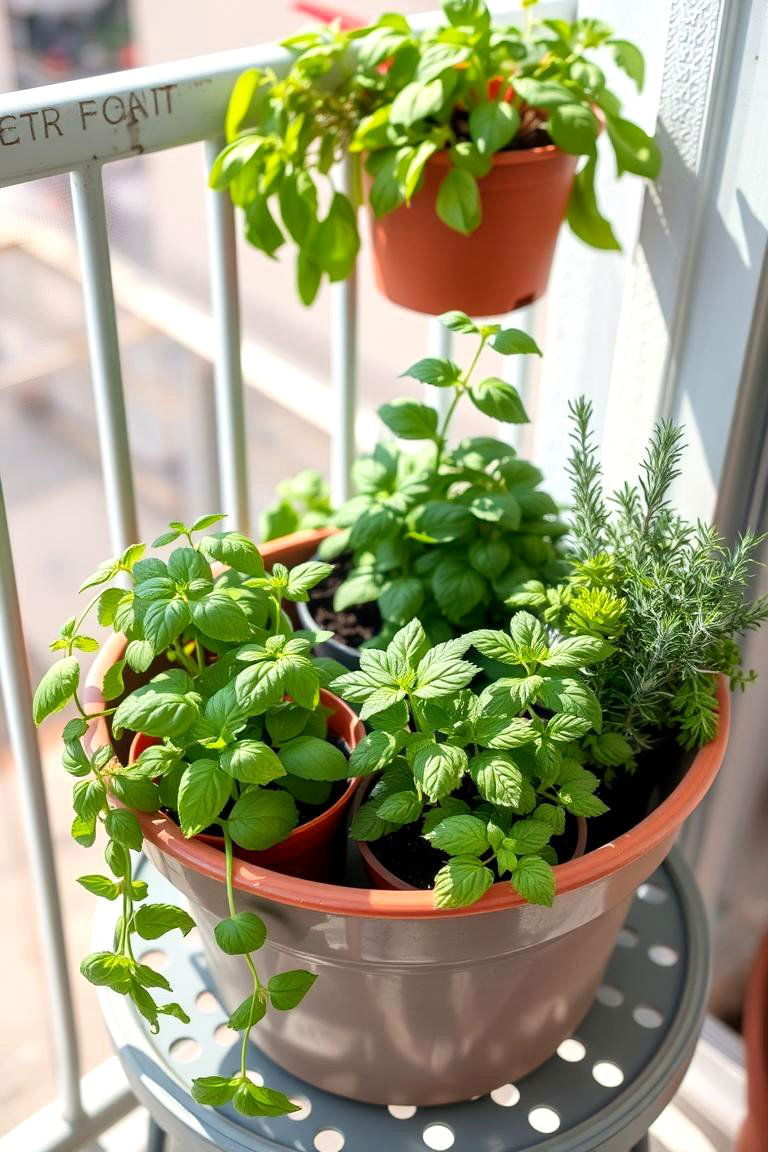
A container herb garden is both practical and beautiful, making it an easy addition to any nursery garden. Whether placed on a windowsill, balcony, or patio, containers allow you to grow a variety of herbs like basil, mint, and rosemary. The added benefit of container gardening is its portability—if you need to move your herbs to a sunnier spot, it’s a breeze. Containers also help in preventing weeds and providing better drainage.
4. Flower Garden with Kid-Friendly Blooms

Incorporate flowers that are safe and easy to grow in your nursery garden, making it both a colorful and educational experience for children. Choose low-maintenance, vibrant blooms like sunflowers, marigolds, and zinnias. These flowers will attract butterflies and bees, fostering a sense of wonder and teaching kids about the importance of pollinators. A flower garden is a joyful way to introduce children to the magic of nature.
5. Indoor Nursery Garden for Year-Round Growth
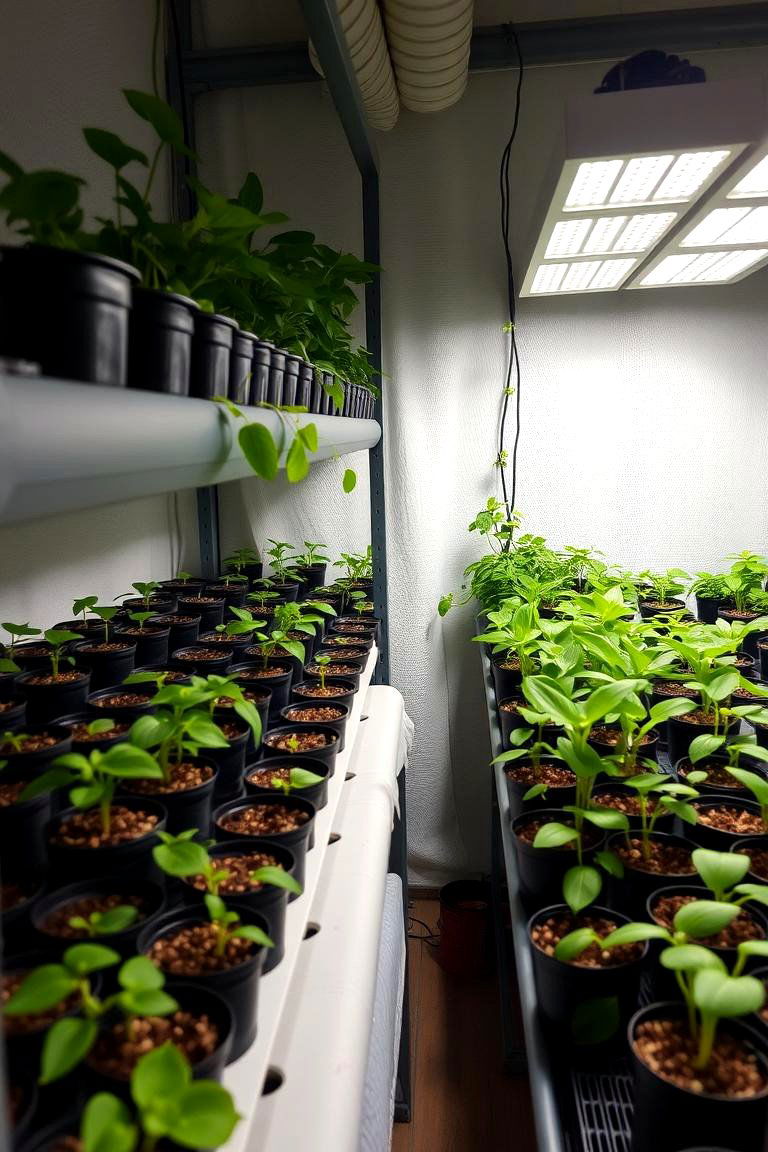
Indoor gardens offer the advantage of year-round planting, ideal for growing plants that may not thrive in the outdoor climate. By setting up an indoor nursery garden, you can cultivate seedlings and young plants that can later be transferred outside. You can start by using shelves with grow lights or even hydroponic systems. Indoor gardening also gives you the opportunity to grow delicate plants and herbs that require consistent temperatures.
6. Sustainable Garden with Native Plants
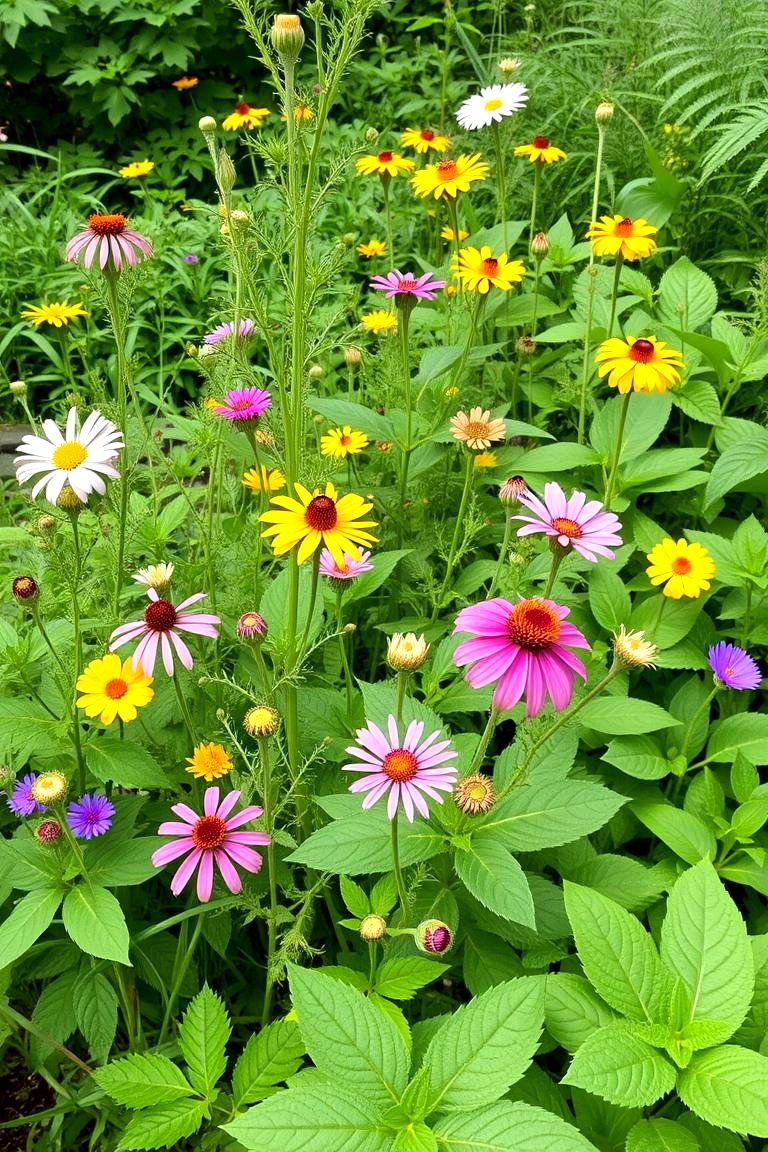
Creating a sustainable nursery garden starts with selecting native plants. These plants are adapted to the local climate, requiring less water and fertilizer while attracting local wildlife. They help promote biodiversity and can reduce the need for chemical pesticides. By focusing on native plants, your garden becomes a natural habitat for birds, butterflies, and other creatures, providing beauty and ecological benefits.
7. Sensory Garden for Kids
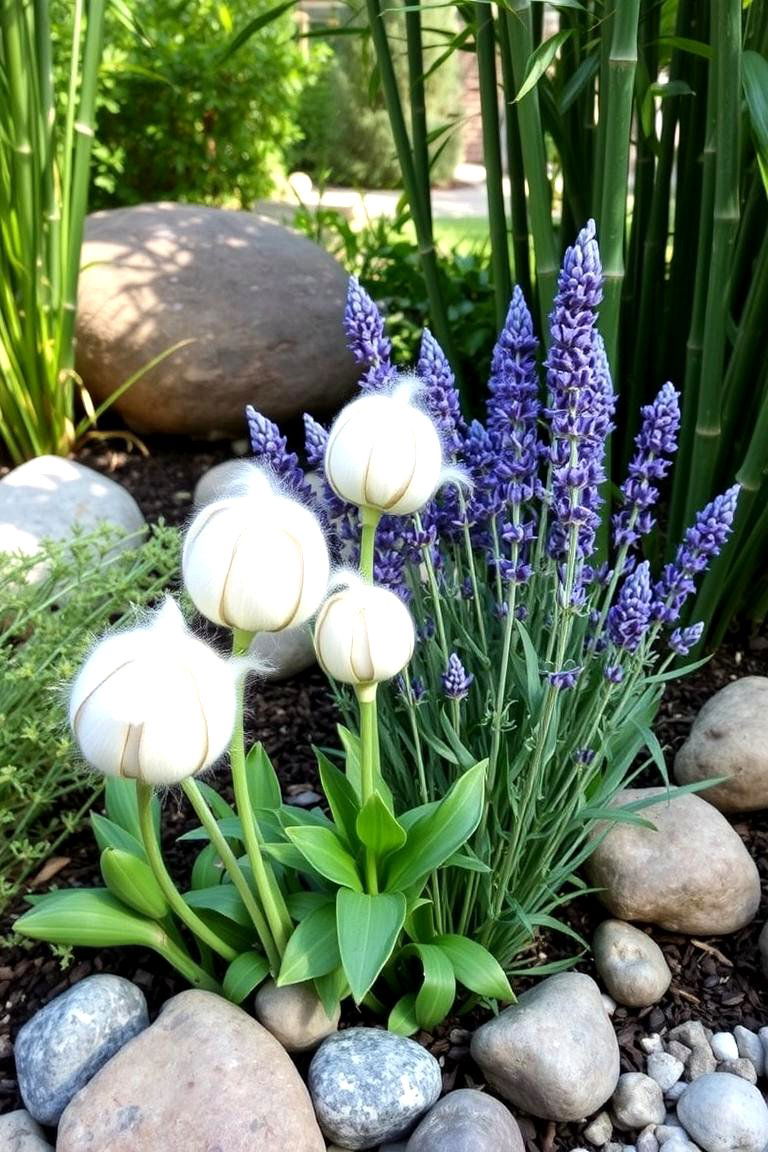
A sensory garden is an excellent way to engage children’s senses while providing a therapeutic experience. This type of garden features plants with distinct textures, colors, sounds, and scents. Think of plants like lavender for its calming scent, lamb’s ear for its soft texture, or bamboo for its rustling sound in the wind. A sensory garden encourages children to explore and connect with nature in a hands-on way.
8. Butterfly and Pollinator Garden

A butterfly and pollinator garden is not only visually stunning, but it also plays an important role in supporting local ecosystems. By planting nectar-rich flowers such as echinacea, coneflowers, and lavender, you’ll attract butterflies, bees, and hummingbirds. Pollinator gardens help boost plant production and promote biodiversity, making them a vital part of any nursery garden.
9. Edible Garden for Kids to Learn About Food
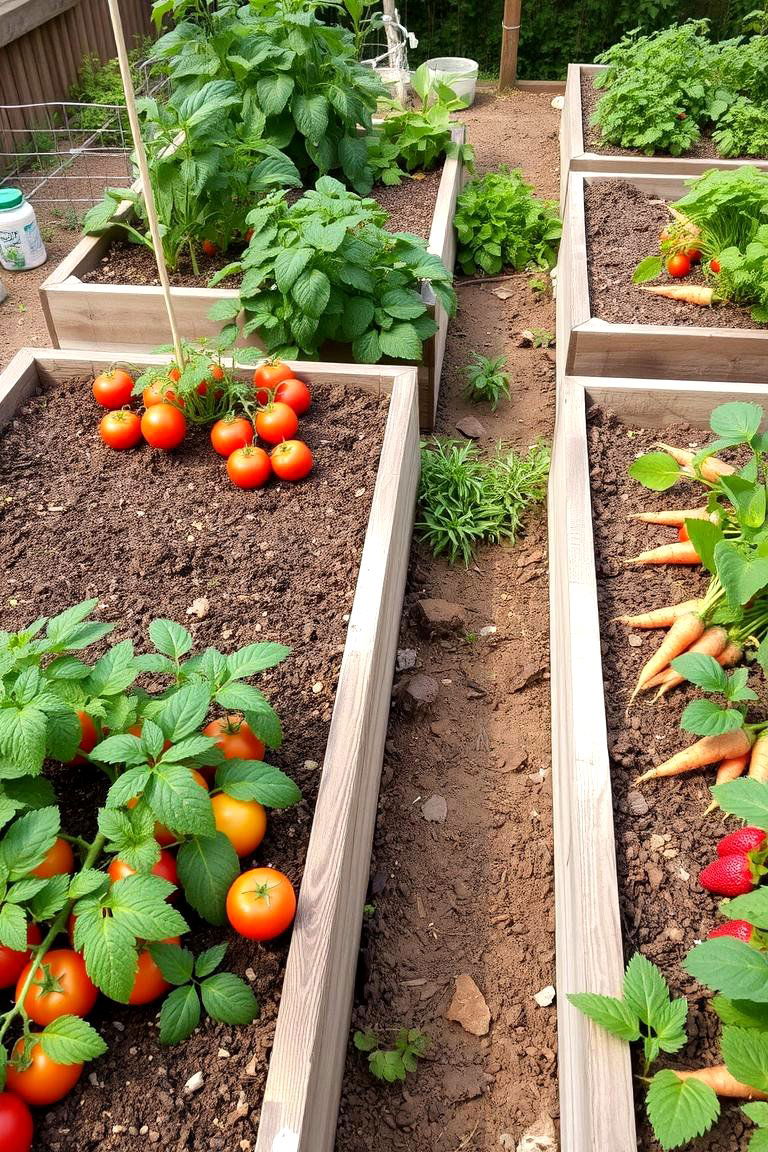
Incorporating an edible garden into your nursery is a great way to teach kids about food and the process of growing it. From vegetables like tomatoes and carrots to fruits such as strawberries and apples, an edible garden offers hands-on learning. It’s a fun and rewarding way to teach kids where their food comes from while encouraging healthy eating habits.
10. Themed Fairy Garden for Imagination
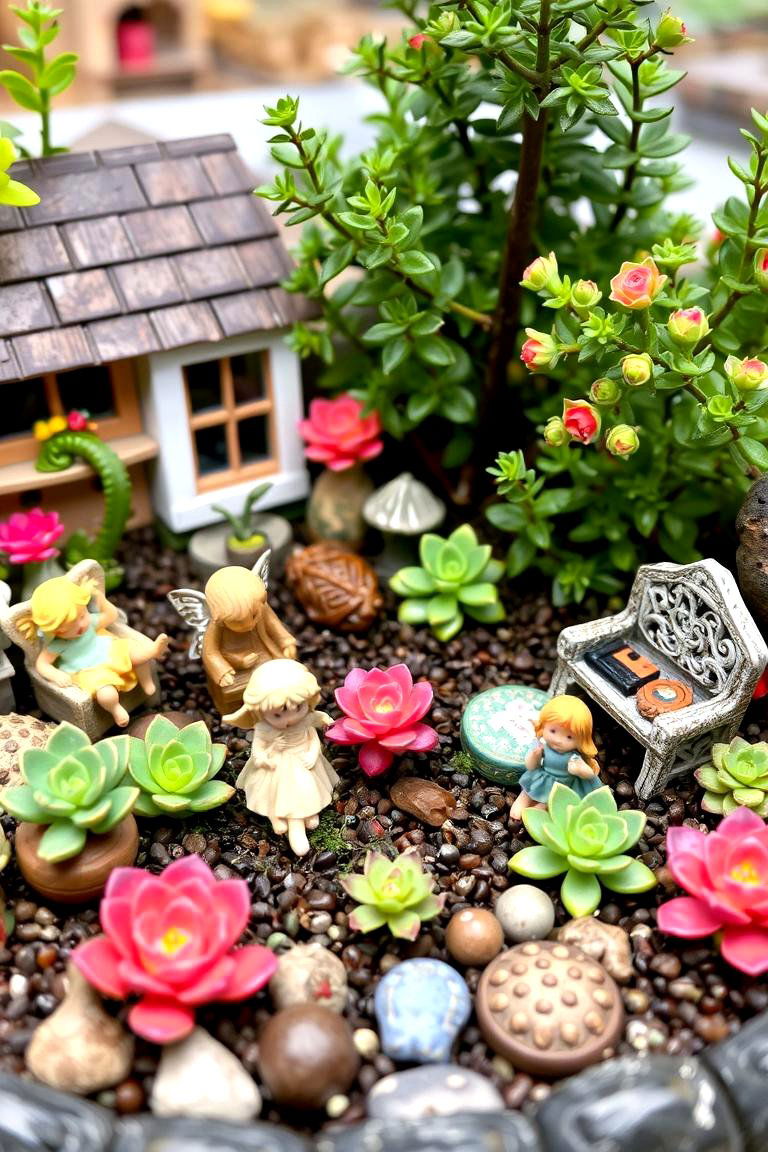
A themed fairy garden adds an element of fantasy to your nursery garden. With miniature furniture, tiny fairies, and enchanting plants, a fairy garden sparks the imagination of children and adults alike. Use succulents, moss, and small flowers to create a mystical environment that invites play and storytelling. It’s a creative way to personalize your nursery garden and cultivate a magical space for children.
11. Sensory Path for Exploration
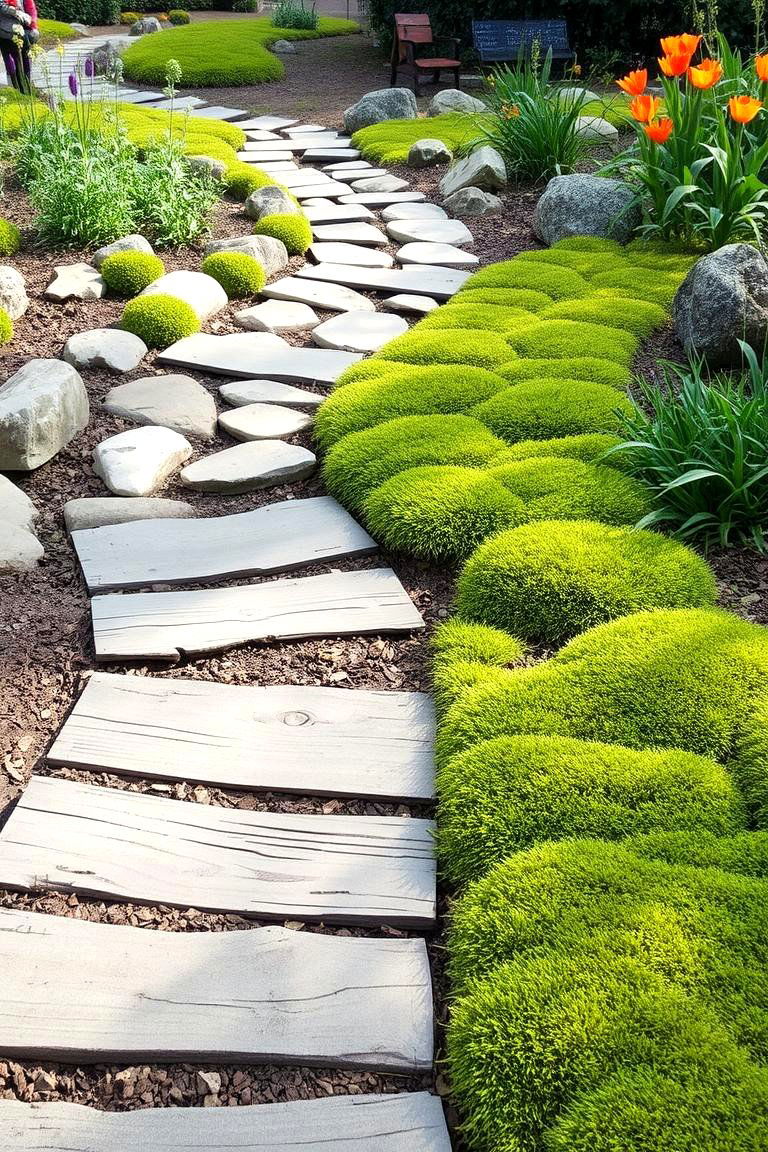
A sensory path is a fun and educational way to enhance your nursery garden. This path can be created with different textured materials such as smooth stones, wooden planks, and soft moss. Walking along the path offers a tactile experience that engages children’s senses. It’s not only a great way to get kids moving, but it also promotes curiosity and exploration as they touch and feel the different surfaces.
12. Succulent Nursery Garden for Low Maintenance

Succulent gardens are the perfect solution for a low-maintenance nursery garden. These hardy plants require minimal watering, making them ideal for busy parents or beginners. Succulents come in a wide variety of shapes and colors, adding a modern, stylish touch to your nursery garden. Their versatility means you can arrange them in containers, hanging baskets, or even on shelves for a unique display.
13. Garden with Natural Play Areas
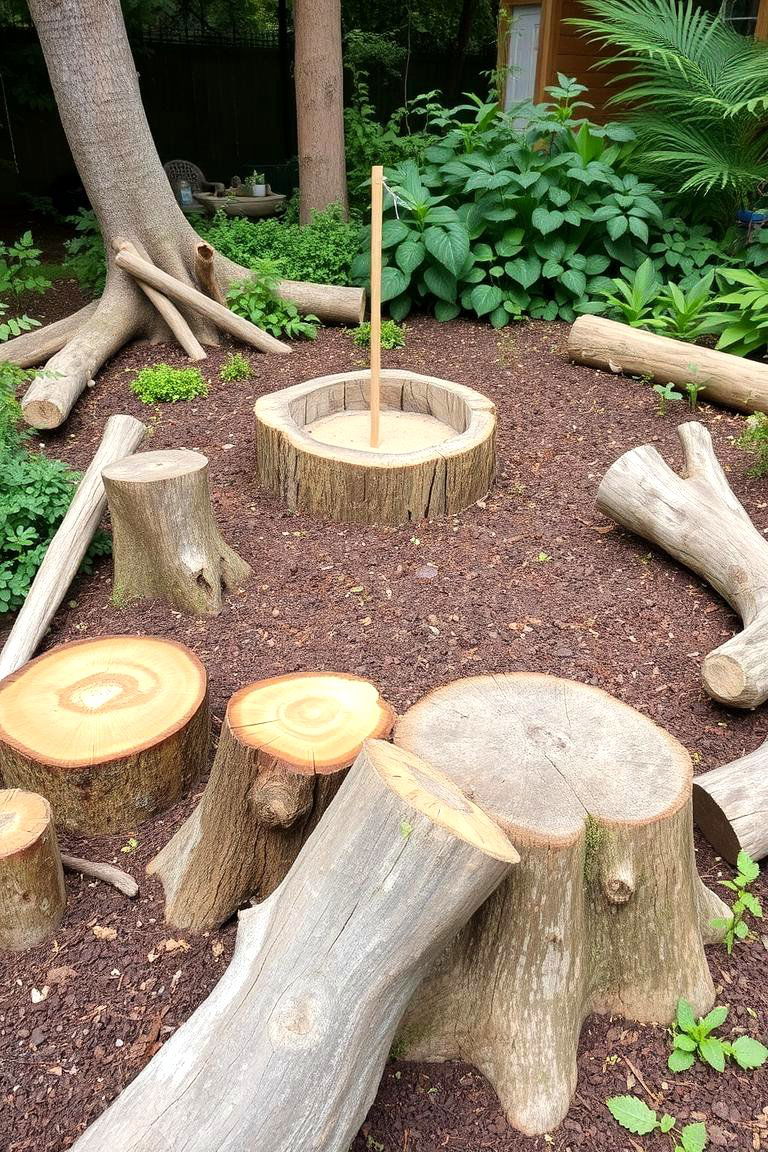
Including natural play areas in your nursery garden helps foster creativity and outdoor exploration in kids. Natural play elements such as tree stumps, sand pits, and logs can become part of a play zone that encourages active engagement with nature. By adding these elements, you create a space where children can safely play, learn, and discover the outdoors.
14. Greenhouse for Seed Starting and Growth

A greenhouse is a fantastic addition to any nursery garden, especially if you want to extend your growing season. It provides a controlled environment for seed starting, allowing you to grow plants earlier in the spring and later into the fall. Greenhouses can be as simple as a small DIY setup or a larger structure depending on your space and needs. They offer protection from the elements, ensuring your plants have the best chance for success.
15. Tree Nursery for Growing Fruit

A tree nursery offers the space and structure to grow fruit trees that can eventually provide you with homegrown produce. Whether you choose apple, peach, or cherry trees, the nursery provides an ideal environment for them to grow strong before they’re moved to their permanent locations. By starting in a nursery garden, these fruit trees can thrive and eventually yield delicious, fresh fruit for your family.
16. Aquatic Garden for Tranquil Ambiance
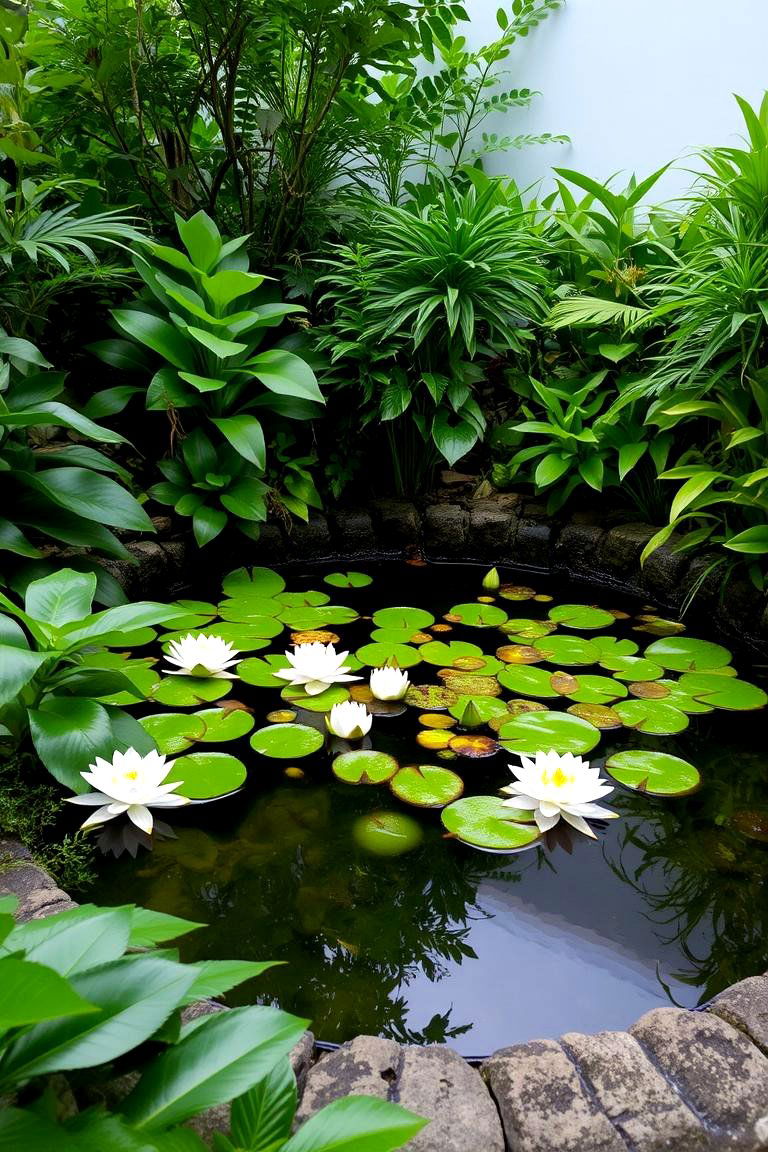
An aquatic garden creates a peaceful, serene atmosphere in your nursery garden. Incorporating elements like a pond, water lilies, and aquatic plants can transform your outdoor space into a tranquil retreat. The sound of trickling water combined with lush greenery creates a relaxing ambiance. Aquatic gardens also support local wildlife, providing habitats for frogs and insects, further enhancing the ecosystem of your nursery.
17. Naturalistic Woodland Garden for Shade Lovers
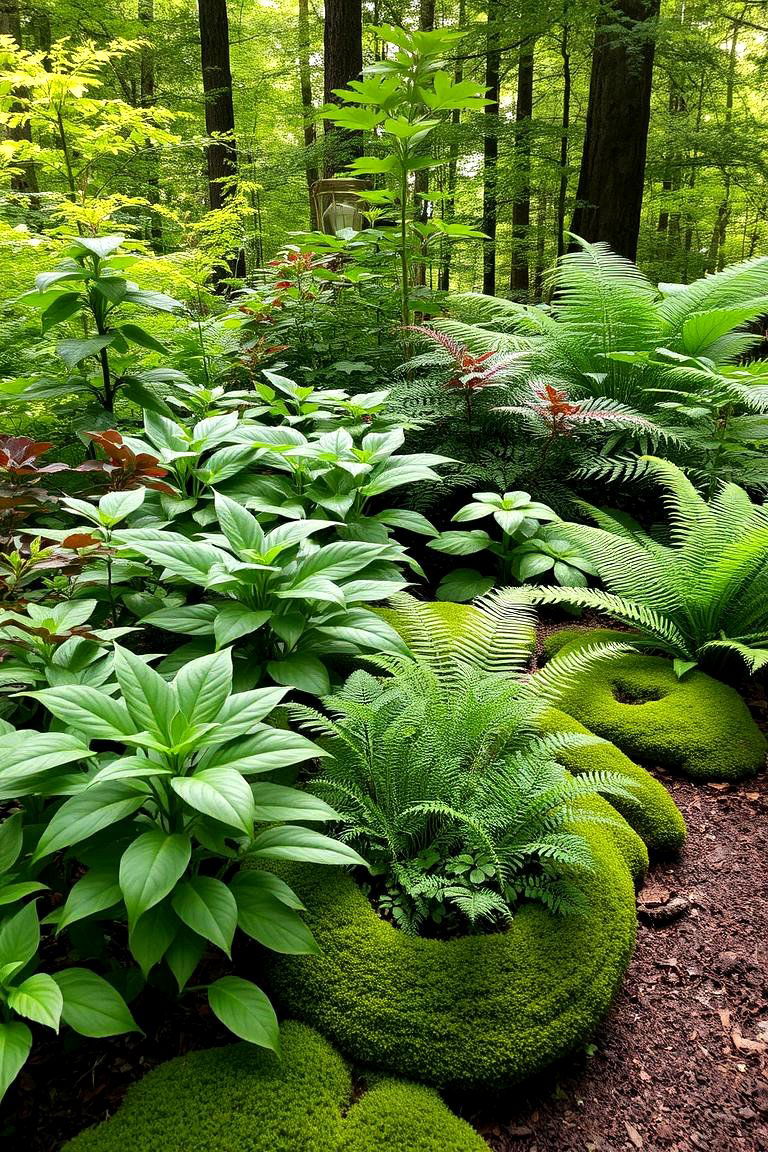
For those with a shady garden area, a naturalistic woodland garden is a great way to add beauty and biodiversity. These gardens are designed to mimic the look and feel of a forest floor, with shade-loving plants like ferns, hostas, and moss. The design focuses on creating a low-maintenance garden that thrives in the shade, providing a peaceful and inviting atmosphere for relaxation and enjoyment.
18. Upcycled Nursery Garden Using Recycled Materials
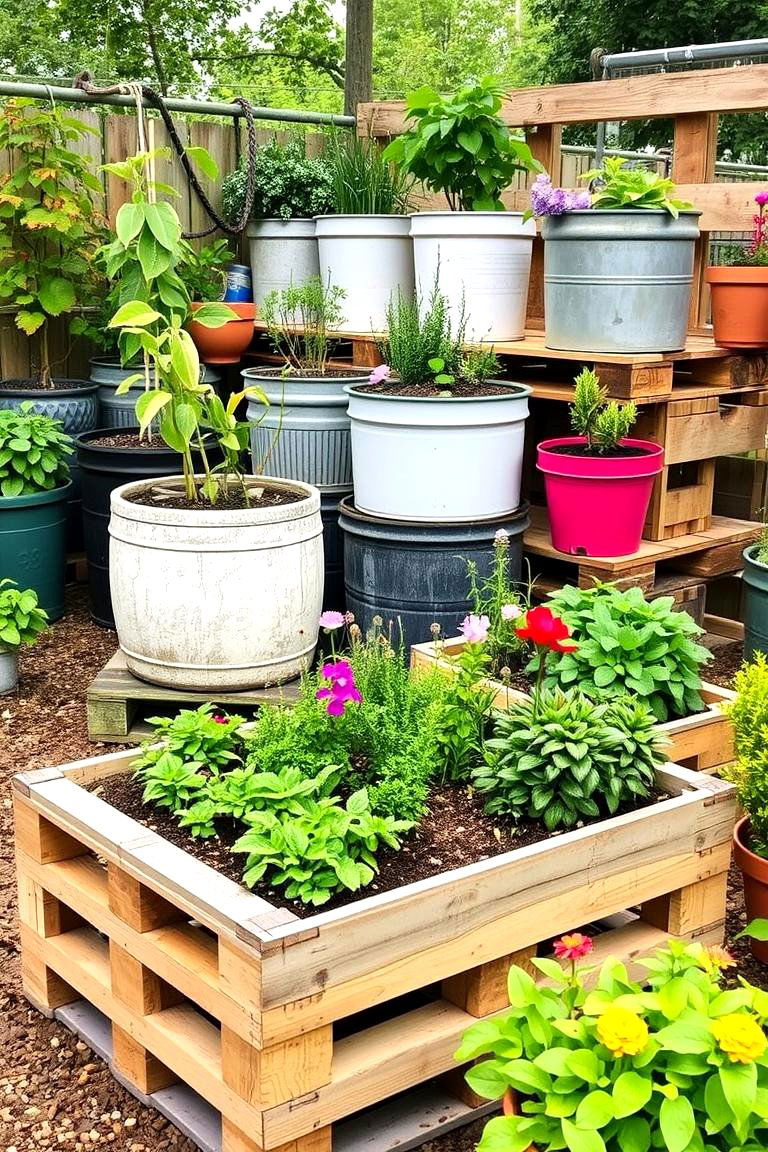
Create a sustainable nursery garden using recycled materials. Upcycled planters made from old containers, wooden pallets, and other repurposed items not only help the environment but also add unique character to your garden. With a little creativity, you can transform everyday materials into functional and decorative garden features that add personality and charm to your nursery garden.
19. Sensory Garden with Wind Chimes and Water Features
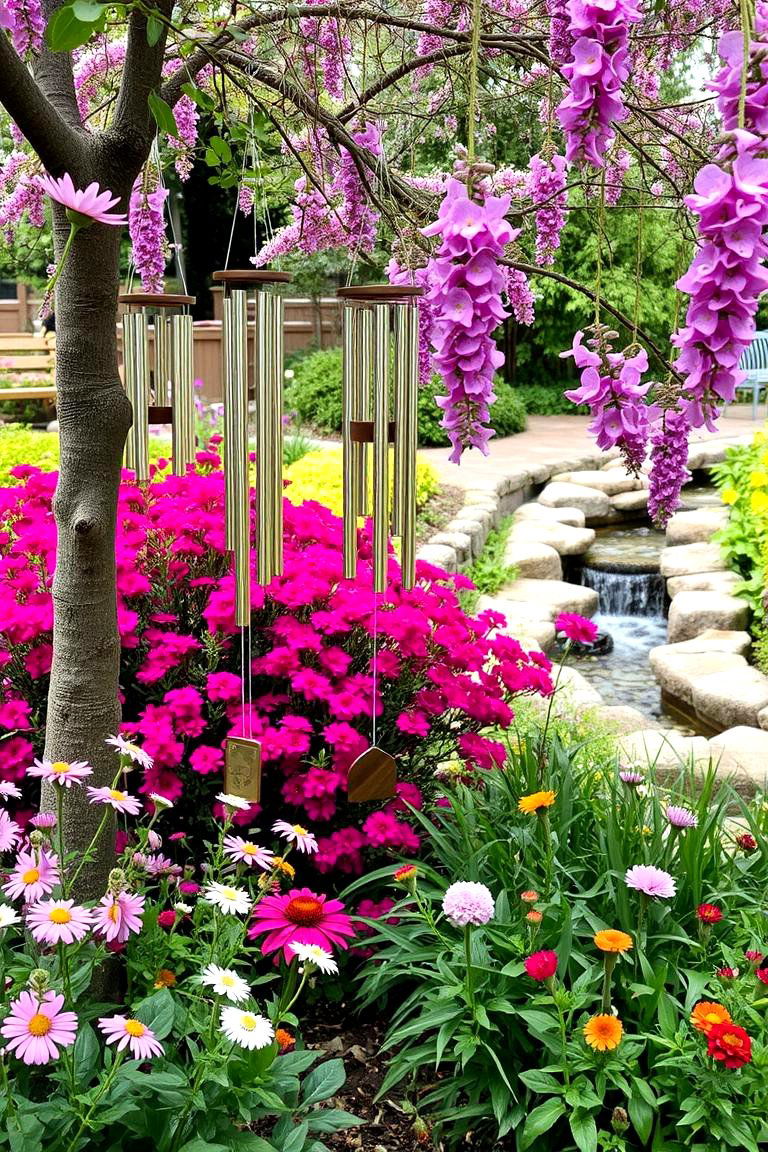
A sensory garden enhanced with wind chimes and water features creates a truly magical environment for children to explore. The soothing sounds of wind chimes and trickling water invite both relaxation and curiosity. Children can engage with the natural world through touch, sound, and sight, making this sensory garden a multi-sensory experience.
20. Garden for Pollinator Protection
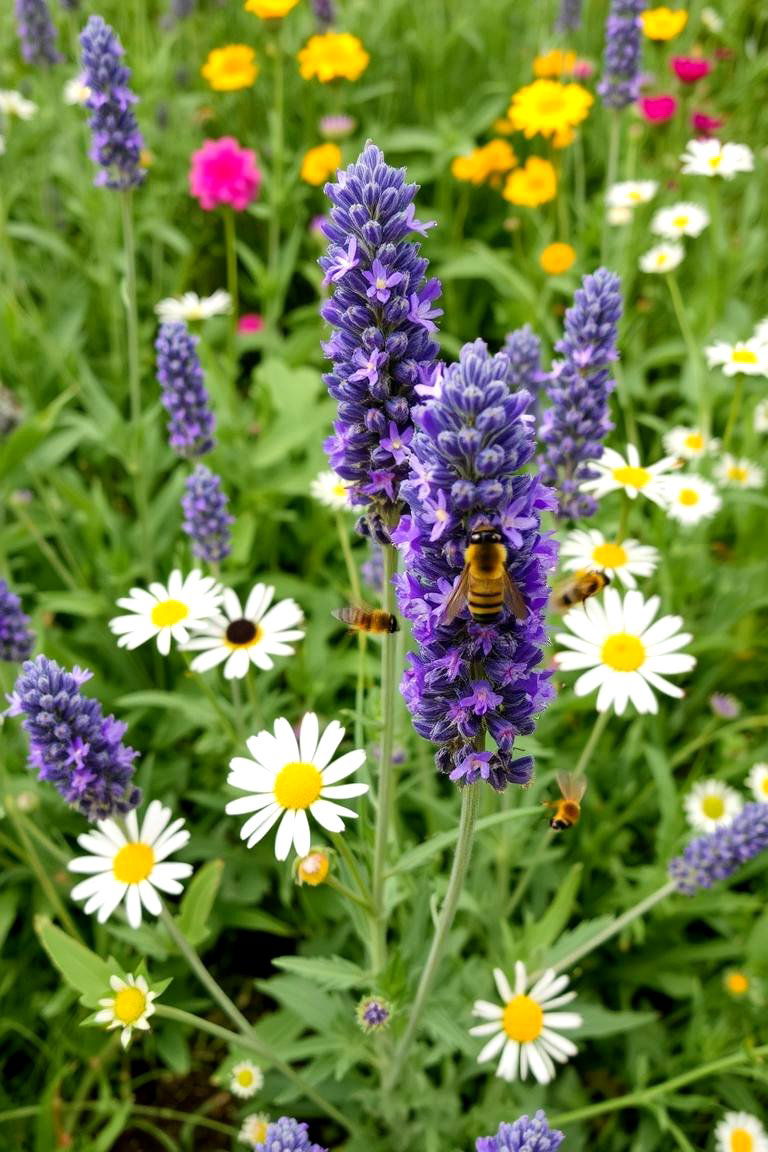
Incorporating a garden designed to protect pollinators is an excellent way to help sustain local ecosystems. Pollinator-friendly plants like lavender, daisies, and goldenrod attract bees, butterflies, and other important pollinators to your nursery garden. This type of garden helps support healthy pollinator populations, which are essential for maintaining biodiversity and the health of plants in your garden.
21. Wildflower Garden for Color and Habitat

Wildflower gardens are a beautiful addition to any nursery garden, offering a burst of color and a safe habitat for local wildlife. Native wildflowers provide nectar and pollen for bees and butterflies, while their bright colors and varied textures create a vibrant, ever-changing display. A wildflower garden is easy to maintain, requiring little care once established, making it a low-maintenance but highly rewarding addition to your nursery.
22. Desert Garden for Arid Conditions
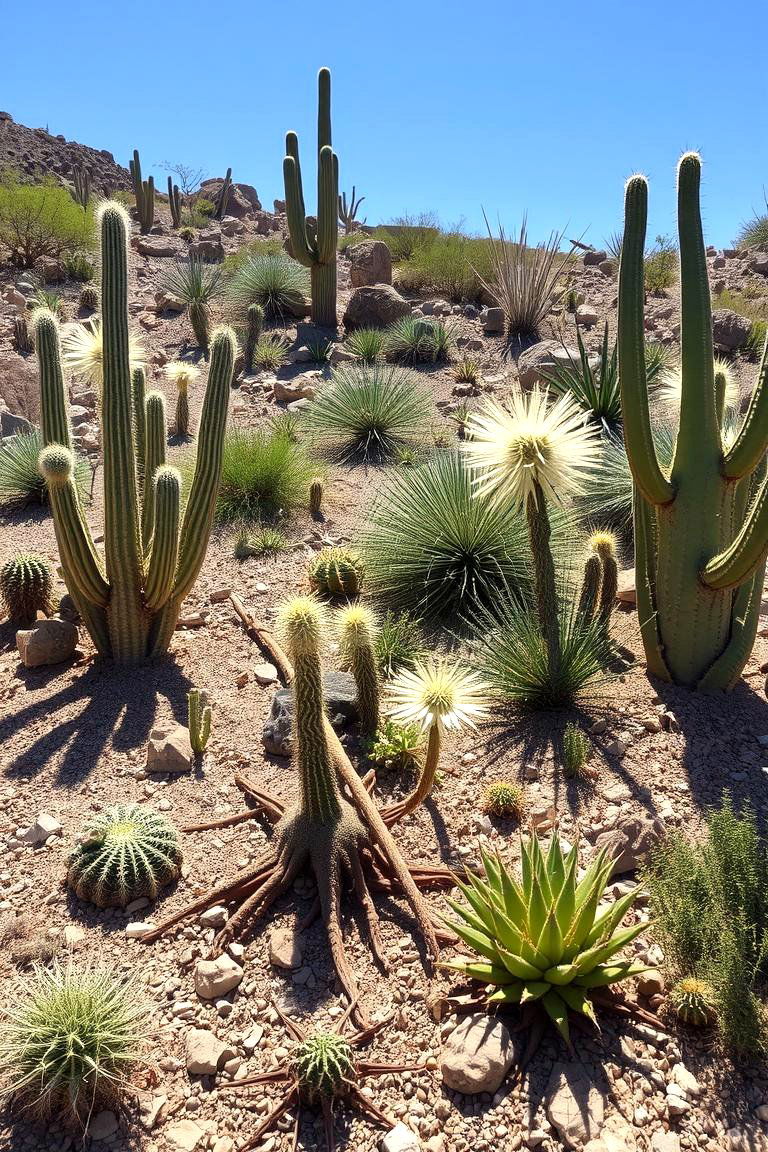
For areas with dry, arid conditions, a desert garden is an excellent solution. Choose drought-tolerant plants like succulents, cacti, and yuccas to create a unique and visually striking garden that thrives in hot and dry environments. Desert gardens require minimal watering, making them ideal for regions with limited rainfall. With the right plants, a desert garden can be both beautiful and functional.
23. Fruit and Veggie Planter Boxes for Easy Access
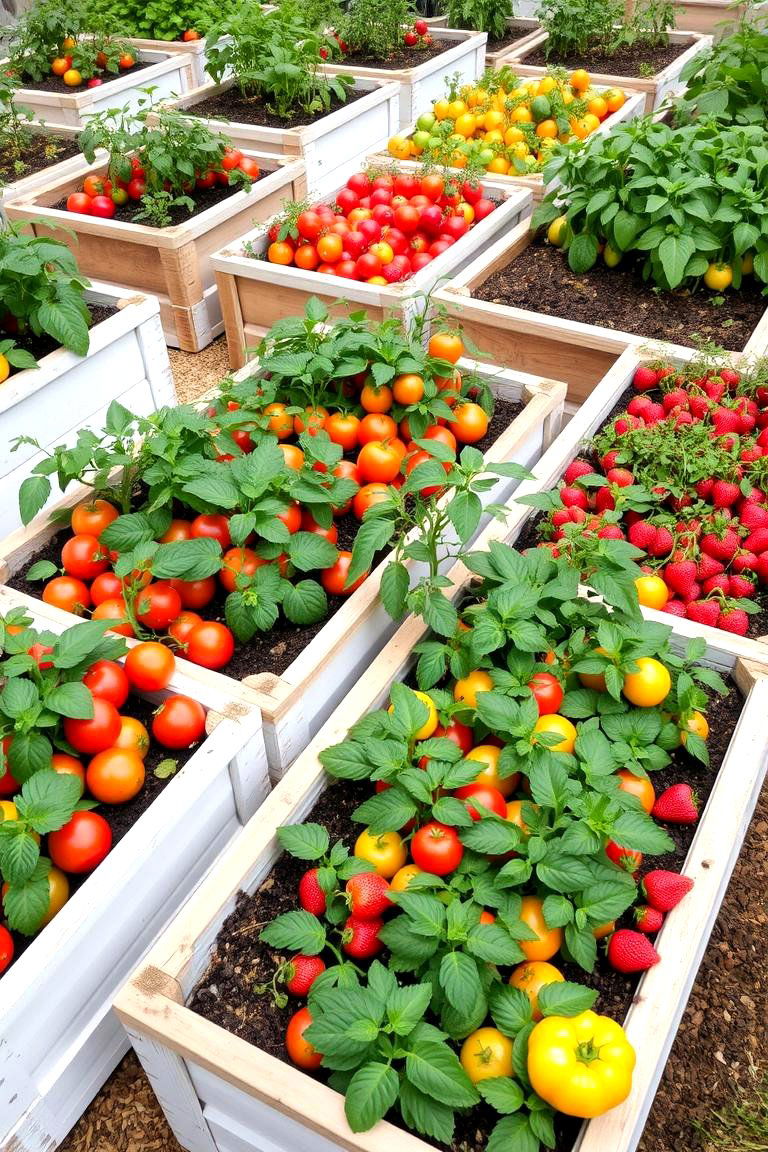
Planting vegetables and fruits in raised planter boxes is a great way to create an accessible and productive nursery garden. These boxes elevate your plants, making it easy to tend to them without bending over. From tomatoes to strawberries, you can grow a wide variety of edibles that are easy to harvest and maintain. Raised planter boxes also ensure good drainage and better soil quality for your plants.
24. DIY Nursery Garden with Pallet Furniture and Planters
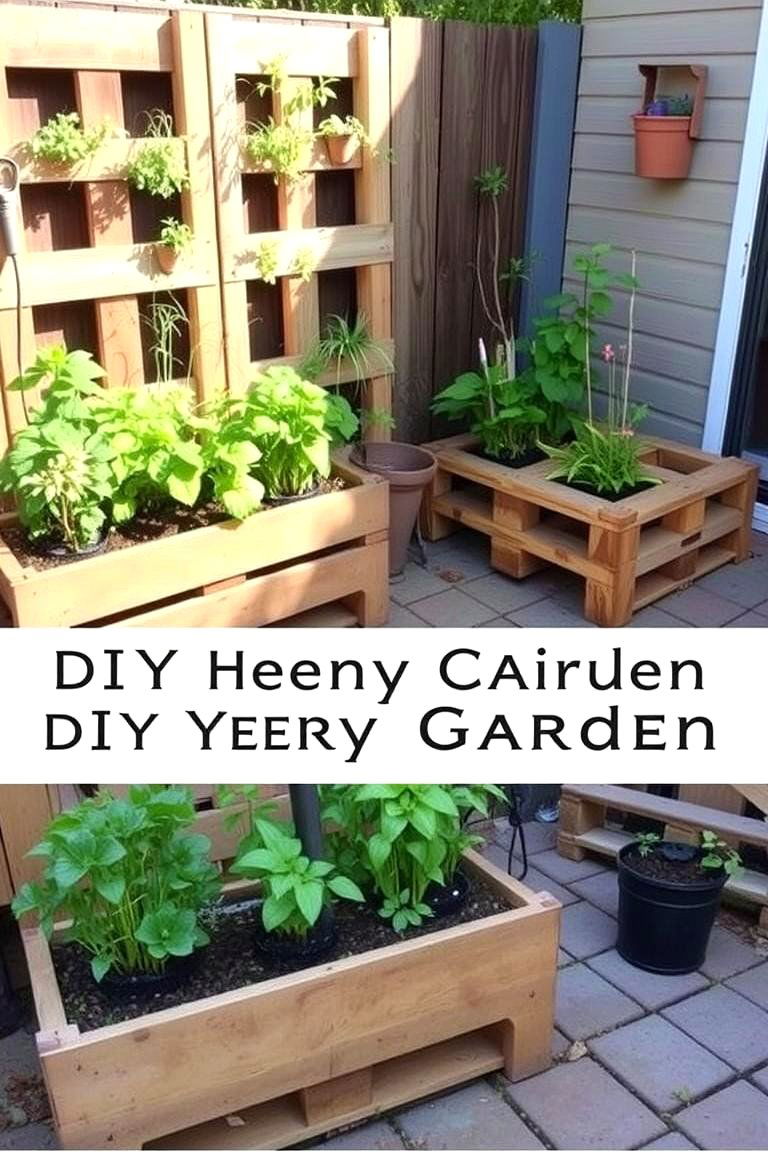
A DIY nursery garden using pallet furniture and planters is an affordable and creative way to design a garden. Recycled wooden pallets can be transformed into seating areas, shelves, and planters, creating a rustic, charming atmosphere. This style of garden is highly customizable, allowing you to tailor it to your personal preferences and the available space.
Conclusion:
These 24 nursery garden ideas provide a broad range of opportunities for creating a beautiful and functional space that suits every need. Whether you’re looking to design an educational environment for children, grow fresh produce, or build a peaceful retreat, each idea offers a unique approach to gardening. Take inspiration from these concepts to start your own nursery garden and create a space that will thrive for years to come.


